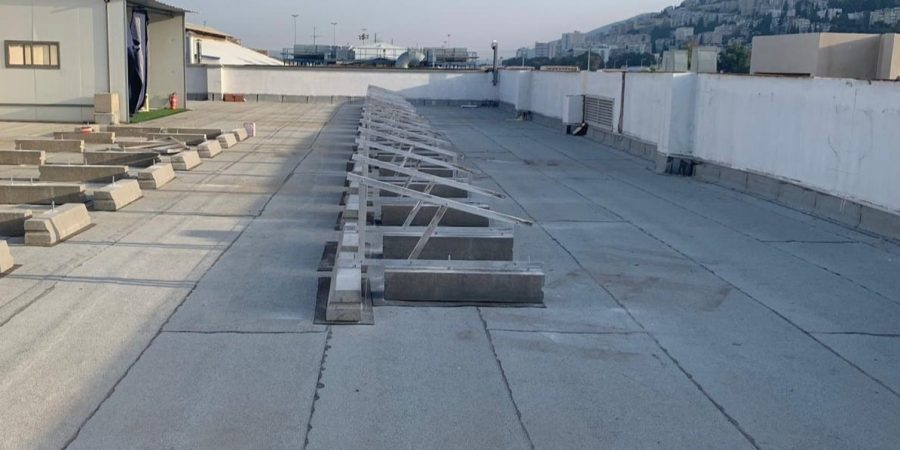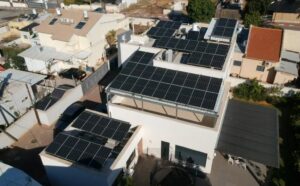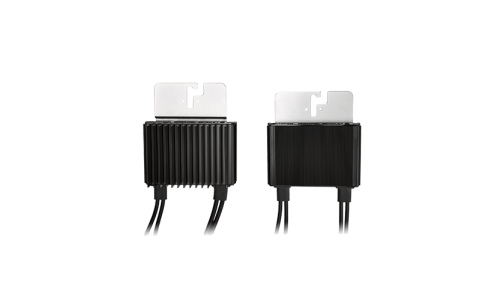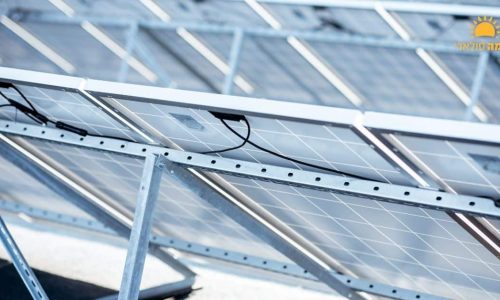The roofs suitable for a solar system
In the series of articles “What is a Solar Array?” we will discuss the various parts of the system, including product specs, industry standards, and installation techniques, which are important for building a proper system that will give you the maximum possible output.
In this first part of the series of we will be discussing the types of roofs which are suitable for PV:
concrete, tiles, and corrugated panel (iscorit in Hebrew.) Each type of roof brings with it a slightly different racking system and installation technique but the emphasis is always on the correct and safe positioning of the panels at an ideal angle towards the sun.
Concrete roof
As concrete roofs are (almost) always flat, we need to build a racking system that adds a 5-20 degree tilt to the panels. This angle (detailed in our next article) helps face our panels towards the South and increase our output and system efficiency. In this type of roof, we will connect the system infrastructure to 30-40 kg concrete slabs placed on tar strips. All this is done to prevent any damage or leaks on the roof. This way, our racking system does not require drilling into the roof. Because the concrete slabs are placed on tar paper, they will not rub against the roof’s sealant layer.
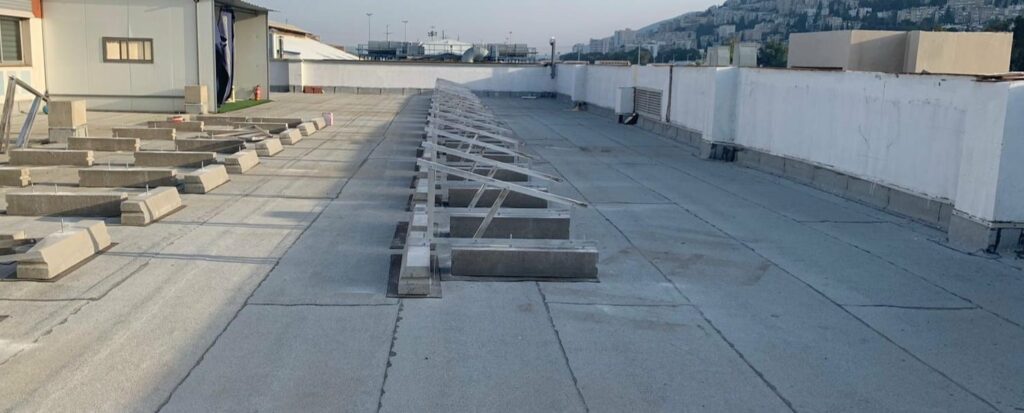
Tile Roofs
When installing on a tile roof, the angle of the panels is predetermined by the roof’s pitch. In Israel, building a racking system that changes the angle of PV panels on a tile roof is illegal. Therefore, the racking system for tile roofs runs parallel to the roof. The base of the racking system for tile roofs is a set of “hooks”, Z-shaped iron clasps, are installed underneath the tiles, resting on the wooden support beams under the tiles.

Panel Roof (Iscorit)
There is usually a shallow pitch of 3-5 degrees on panel roofs, which is considered in the planning. Similarly to concrete roofs, the engineers will add tilt to the panels with the aluminum racking system on panel roofs. The racking system for a panel roof is connected by drilling through the roof into the metal support beams underneath. Because we have to pierce the roof itself, it is crucial to follow a few technical steps to protect the roof from leaks.
- When possible, only drill from the “peak” of the corrugated roof so less water pools near the hole. The racking is installed on a “footer” to keep height and weight more evenly distributed and not bend the roof.
- Cover the hole with a rubber EPDM strip and use a sealed screw to ensure two initial layers of rubber sealant above the drilled hole.
- Add a layer of sika caulk sealant or anti-leak paint/silicone on top of the screw and aluminum racking for a third layer of sealant.
Following these steps, any iscurit roof can hold solar panels for many years without risk of leaks.
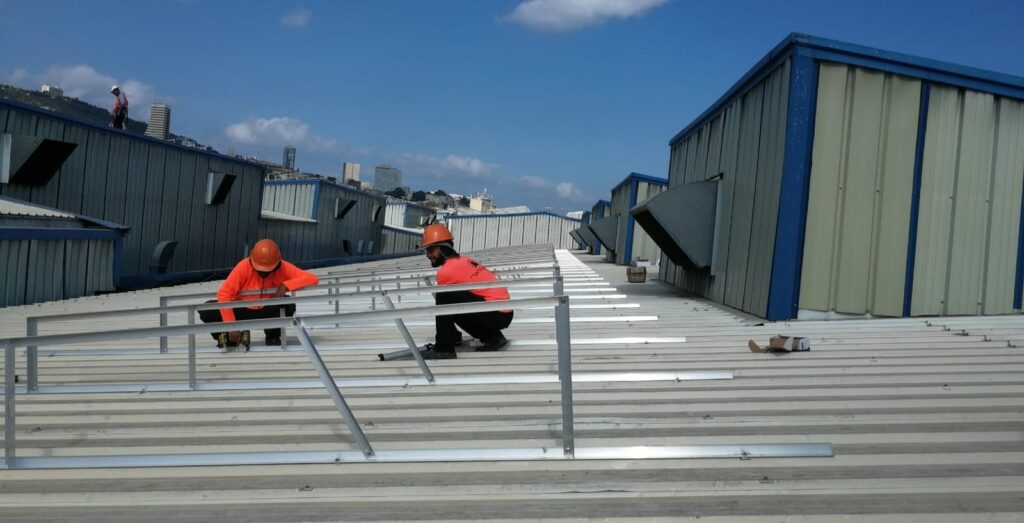
Combined Roof Types
If your roof comprises various types, our engineers will ensure that the plan accounts for the various materials needed for each type. Our teams are trained to install on all surfaces properly and will happily help regardless of the roof type.
Roof Angle (Azimuth and Pitch)
It is also essential to consider the tilt of your roof – both the pitch (relative angle to the ground) and azimuth (relative east-west angle.) A sound engineer will consider both when planning your system to maximize.
As we all know, the sun rises in the east, and sets in the west, and the northern hemisphere passes through the southern sky. As a result, south-facing panels will be exposed to more direct sunlight and have better overall output. Panels that face east or west will have 85-90% of the production of southern-facing panels, and those facing north will have 75-80% of the output.
Generally speaking, having as many panels facing south as possible and as few facing north is best. However, adding a few north-facing panels to an existing plan for a system will still usually increase the system ROI as the marginal cost for adding a few more panels is less than the added output (and income!) the system will receive.
